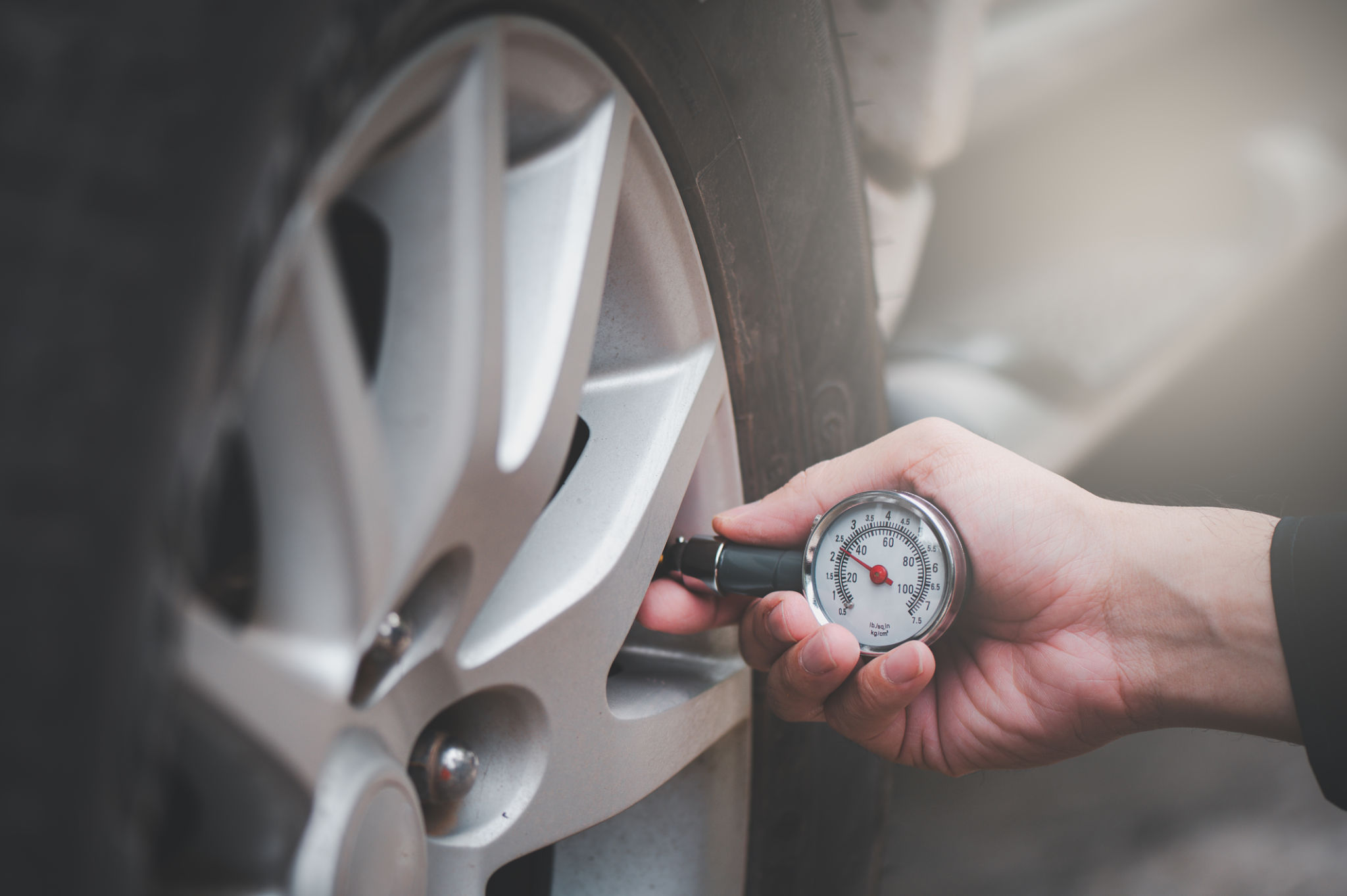How to Check Tire Tread Depth: A Step-by-Step Guide
Understanding the Importance of Tire Tread Depth
Tire tread depth is crucial for ensuring safe driving. Worn-out treads can lead to reduced traction, longer stopping distances, and the increased risk of hydroplaning on wet roads. Regularly checking your tire tread depth is an essential part of vehicle maintenance, helping you determine when it's time to replace your tires.

Tools You Will Need
Checking your tire tread depth is a simple process that requires minimal tools. You can use a tread depth gauge, available at most automotive supply stores, or a penny for a quick check. Both methods are effective, although a tread depth gauge will provide a more precise measurement.
Tread Depth Gauge
A tread depth gauge is a small tool designed specifically for measuring tire tread. It provides accurate readings and is easy to use, making it a worthwhile investment for any car owner.
Penny Test
The penny test is a quick and easy method to estimate tread depth. While not as precise as a gauge, it can give you a general idea of whether your tires are still safe to use.

Step-by-Step Guide to Checking Tire Tread Depth
Follow these steps to check your tire tread depth:
- Ensure Safety: Park your vehicle on a flat surface and turn off the engine. Engage the parking brake to prevent any movement.
- Inspect the Tread: Visually check your tires for any obvious signs of wear or damage.
- Use the Tread Depth Gauge: Insert the probe of the gauge into one of the tread grooves and press the base flat against the tire. Read the measurement on the gauge.
- Penny Test: Insert a penny into the tread groove with Lincoln's head facing down. If you can see the top of Lincoln's head, it's time to replace your tires.

Interpreting the Results
A tire is considered legally worn out when its tread depth reaches 2/32 of an inch. However, for optimal performance and safety, many experts recommend replacing tires when they reach 4/32 of an inch, especially for driving in wet conditions.
If your tread depth is approaching these measurements, it's time to start planning for new tires. Regular checks can help you stay ahead of potential issues and ensure your vehicle remains safe on the road.
Additional Maintenance Tips
Beyond checking tread depth, maintain your tires by regularly checking air pressure and rotating them according to the manufacturer's recommendations. Properly maintained tires not only last longer but also improve fuel efficiency and vehicle handling.
By staying proactive with tire maintenance, you'll enhance your driving safety and extend the life of your tires, saving money in the long run.